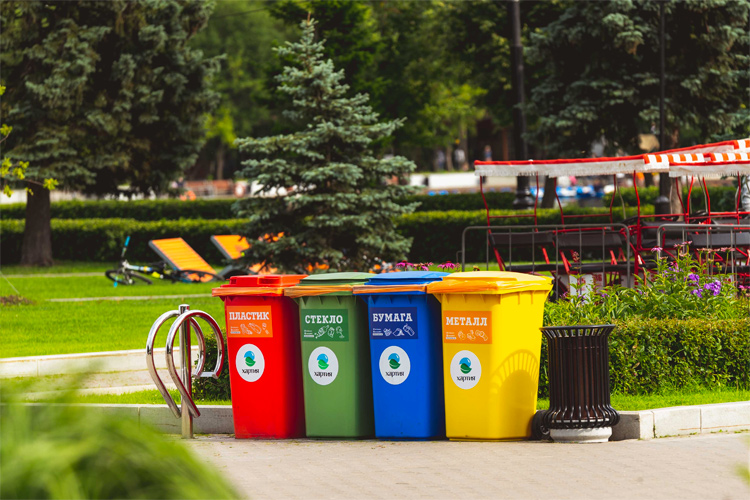Knowing what you may and may not recycle isn't easy.
The guidelines depend on where you live, and there are hundreds of products and materials where the rules aren't always evident and clear.
About 25 percent of what Americans try to recycle can't actually be recycled.
What happens is that when people are unsure if an item can be recycled, they recycle it because it feels like the right thing to do.
In other words, the intentions are good, but the result could turn entire hauls of recyclable materials into pure trash.
The phenomenon called recycling contamination more than doubled between 2010 and 2020.
Because municipalities implemented single-stream recycling programs, allowing consumers to put paper, metal, plastic, and glass in the same bin, they are more likely to throw trash in the same bin.
Communities where residents have to pre-sort their recyclables have lower contamination rates than single-stream programs.
Single-stream recycling takes place in Materials Recovery Facilities (MRF), where trash gets sorted out by machines and workers who remove waste by hand.
The general rule of thumb is: unless you're absolutely sure, don't recycle. Remember, when in doubt, throw it out.
Why is recycling important? It saves energy and money, reduces the amount of waste, prevents pollution, and allows products to be used to their fullest extent.

Take a look at the environmental and economic advantages:
1. Recycling Saves Energy
Did you know that making materials from waste consumes less energy than making them from virgin raw materials?
Many of the energy resources we use are non-renewable sources of energy, such as oil.
By recycling packaging, we are making it possible to produce new materials using less energy, avoiding greenhouse gas emissions responsible for global warming.
2. Recycling Saves Resources
By adopting used packaging as secondary raw materials, we are saving virgin raw materials.
So we postpone ore extraction, logging, and oil extraction.
For example, recycling plastic contributes to a decrease in oil consumption, recycling metal packaging saves on the use of ores, and the use of recycled glass in the production of new packaging saves the river beds from where the sands are removed to produce this material.
Moreover, the production of recycled paper consumes less energy and water than the production of vegetable fiber, and the recycling of wooden packaging avoids the felling of trees.
3. Recycling Reduces Waste
The less waste that goes to a landfill, the more years of useful life it will have.
If we all do our part, we increase the life span of landfills, avoiding building new landfills and incinerators in places that could be used in other ways by the population.
The Recycling Symbol
The Universal Recycling Symbol was developed in 1970 by Gary Dean Anderson, a graphic designer and architect from Honolulu, Hawaii.
The symbol is in the public domain and is not a trademark. However, in some countries, its use is regulated by law to protect consumers.
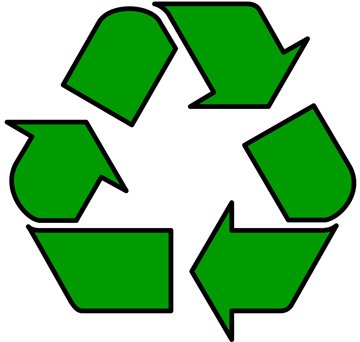
Recycling 101 | Items That Can and Should Be Recycled
Take a look at the list of what can and cannot be recycled.
Plastics

In 2018, the world generated 359 million metric tons of plastics, 10 percent of which were produced in the United States.
However, only around 5 and 10 percent get recycled.
There are seven types of plastic. Each one serves different purposes and has a recycling code (resin identification number) that goes from 1 (easily recyclable) to 7 (not recyclable).
The recycling plastic symbols are triangles with codes in them.
Plastic is cheap and convenient, but you should always look for the number that is generally displayed on the item.
Generally speaking, the lower the number, the easier it is to recycle. Transparent plastics are different from colored plastics, so always check which number your recycling center accepts.
Once they've been put in the corresponding bin, plastics are collected, cleaned at the recycling facility, melted, and sent to plastic product manufacturers.
So, which plastic products can be recycled?
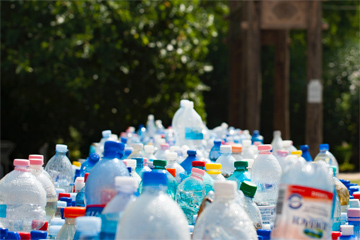
PETE (1) Plastics
Soft drink bottles, water bottles, sports drink bottles, salad dressing bottles, vegetable oil bottles, peanut butter jars, pickle jars, jelly jars, prepared food trays, and mouthwash bottles (PETE) are recyclable with code 1.
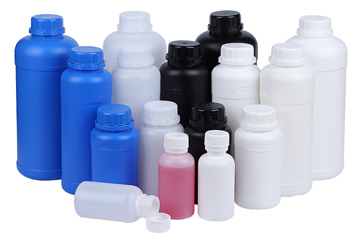
HDPE (2) Plastics
Milk jugs, juice bottles, yogurt tubs, cereal box liners, shampoo bottles, motor oil bottles, bleach/detergent bottles, and grocery bags (HDPE) are recyclable with code 2.
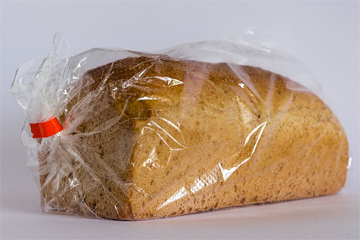
LDPE (4) Plastics
Dry cleaning bags, bread bags, frozen food bags, squeezable bottles, wash bottles, dispensing bottles, six-pack rings, and various molded laboratory equipment (LDPE) are recyclable with code 4.
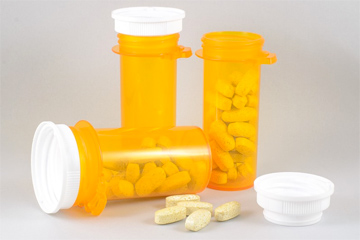
PP (5) Plastics
Ketchup bottles, most yogurt cups, syrup bottles, bottle caps, straws, dishware, medicine bottles, some auto parts, pails, and packing tape (PP) are recyclable with code 5.
Foam
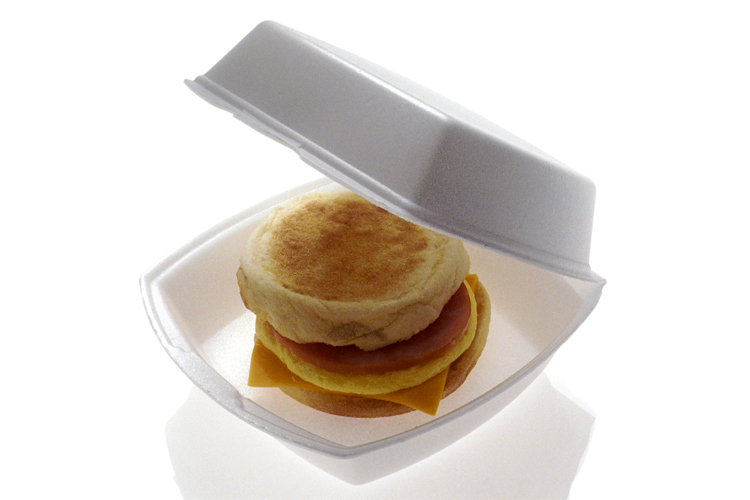
Polystyrene (PS) and Expanded Polystyrene (EPS) are two of the most widely used types of plastic, but they biodegrade slowly.
Code 6 is reserved for thermoplastics. The good news is that they can be recycled indefinitely, even though there are still only 200 foam recycling drop-off locations across the United States.
Food and drink foam cups, coolers, take-out containers, building insulation, and foam packaging used to protect items during shipping are some of the items that can be recycled.
Glass
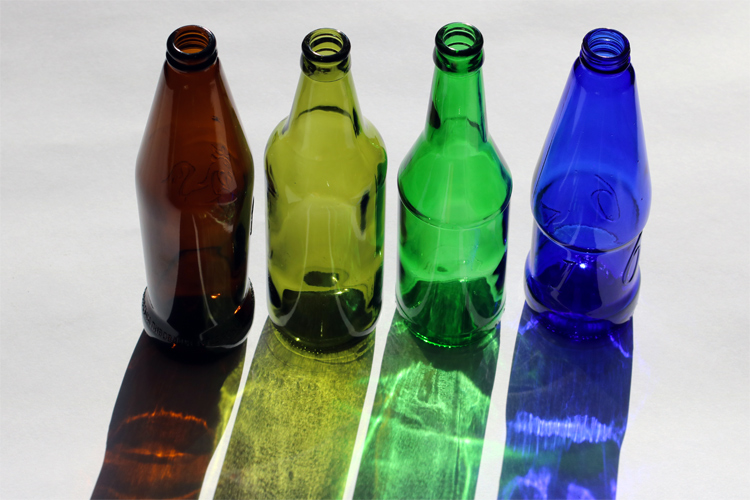
Glass can be recycled an infinite amount of times without losing its qualities and purity. It can be constantly melted and reformed, so it is a great material.
For every ton of recycled glass, over one ton of natural resources is saved, including sand, limestone, soda ash, and feldspar.
The use of recycled glass reduces greenhouse gas emissions and cuts energy costs. Every six tons of recycled glass is used, one ton of carbon dioxide is reduced.
To put things into perspective, whenever you recycle one glass bottle, you're saving enough energy to power a TV for 20 minutes or a computer for 30 minutes.
After being collected, glass is sorted by color - clear, green, and amber - cleaned and crushed.
You don't need to remove labels before recycling glass food and beverage containers.
Broken light bulbs, broken glass, and syringes should not go into the recycling.
Paper

Paper makes up 25 percent of municipal solid waste generated each year, which is more than any other material.
Every ton of recycled paper saves 3.3 cubic yards of landfill space, trees, and other natural resources.
Recycled paper can be used to make new paper products.
Paper bags, office and printing paper, mail and envelopes, corrugated cardboard, newspapers and advertising inserts, cereal and other dry food boxes, magazines and catalogs, shoe and tissue boxes, paper towel and toilet paper rolls, non-greasy pizza boxes, frozen food packaging, cosmetic packaging, and soap and laundry detergent boxes can all be recycled.
Pizza boxes with grease are a problem for recycling centers, so they should not be put in the recycling bin.
Gift wraps may not be recycled because of the coating on the paper.
Aluminum
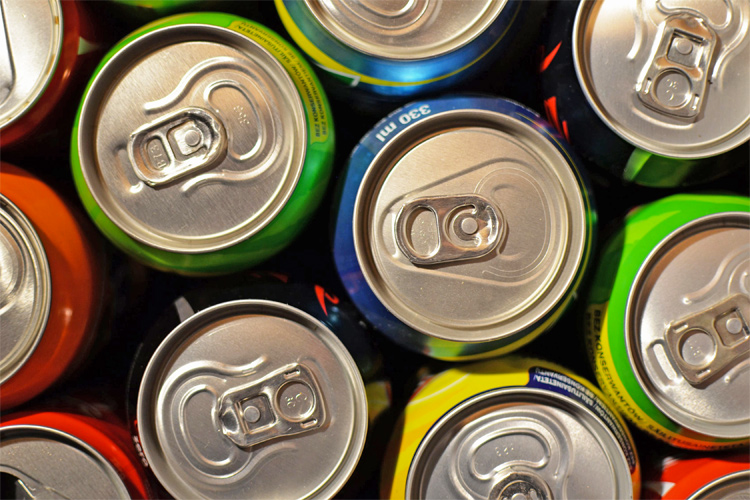
Aluminum is infinitely recyclable.
For example, recycling an aluminum can takes just 5 percent of the energy and emits a mere 5 percent of the greenhouse gases than making a new one does.
Recycling just one ton of aluminum cans saves the equivalent of 21 barrels of oil or 1,024 gallons (3,876 liters) of gasoline.
Roughly one billion pounds (453,592,370 kilograms) of aluminum - the equivalent of 32 billion cans - end up in landfills every year. That wasted energy could power 1.5 million homes in a year.
Beverage cans, aerosol cans, pet food cans, cookware, and aluminum foil can all be recycled.
Electronics

Electronics contain valuable precious metals such as gold, platinum, silver, copper, palladium, zinc, and tin.
After being recovered, they can be used to make jewelry, new electronics, plating, or automotive parts.
For example, one metric ton of electronic waste from personal computers contains more gold than 17 tons of gold ore.
Many companies refurbish and give electronic devices a second life.
Laptop and desktop computers, cell phones, printers, ink and toner cartridges, televisions, monitors, keyboards, hard drives, tablets, batteries, and digital cameras can all be recycled.
Household Hazardous Waste (HHW)
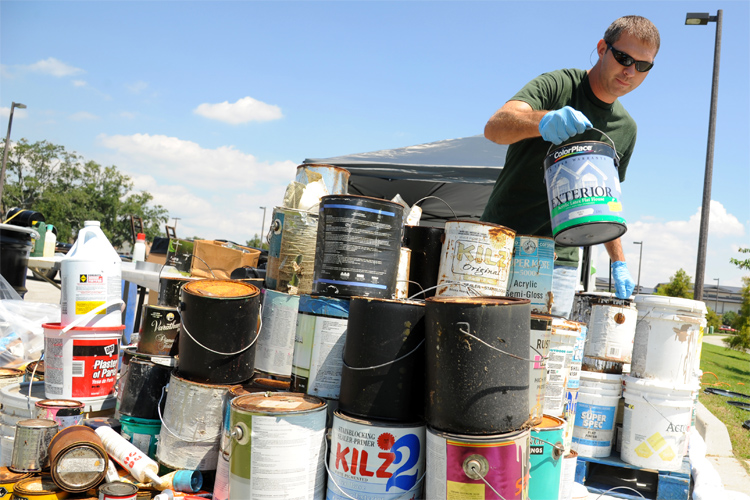
Household Hazardous Waste is the technical designation for leftover household products that contain toxic, corrosive, reactive, or ignitable ingredients.
They contain potentially dangerous ingredients, are a threat to human health, and can do harm to the environment.
The list of HHWs includes fluorescent light bulbs and tubes, lawn and garden chemicals, barometers and thermometers, cleaning fluids, glues and adhesives, oil-based paints, paint thinners and stains, pool and spa supplies, automobile fluids, and propane and butane tanks.
Most communities have special HHW drop-off centers or schedule special collection days.
Cooking Oil
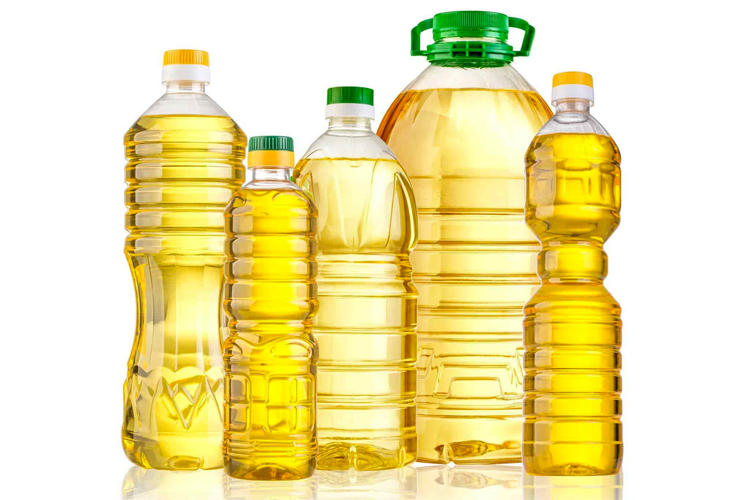
Whenever you pour greasy cooking oil down the drain, you're blocking your pipes, causing damage to your city's sanitation pipes and polluting your local river and coastline.
Fill a special container with used cooking oil. It can be recycled to produce biofuel that burns clean in most diesel engines.
Check for a recycling location for cooking oil in your area and if it is not available in your community, seal the container and dispose of it in the garbage bin.
Recycling | Did you Know That...
Pay attention to the following dos and don'ts, tips, and curious facts about recycling. Are you sure you're doing it right?;
- Unlike glass and metal, plastic cannot be continuously broken down into new products;
- You should not put crystals, glasses, mirrors, Pyrex products, and ceramics in the glass recycling bin because they have a different and do not melt at the same temperature as glass;
- By recycling a simple glass bottle, we are able to save enough energy to keep a 100-watt bulb on for four hours. Glass can be recycled forever;
- The Energy Star symbol was originally created in the United States to identify energy-efficient products. In the meantime, the European Union has also decided to adopt it for office equipment, such as computers, monitors or printers, and other devices;
- You should never put stickers on the paper recycling bin. Although paper can be recycled up to seven times, it mustn't be contaminated by other materials. Stickers are often plasticized or contain glue residues that make recycling difficult. In other words, they should not be mixed with what should be in the paper recycling bin: clean paper and cardboard;
- FSC stands for Forest Stewardship Council and guarantees us that all the wood used in the product where this acronym is found was obtained through a sustainable and responsible process, both at an environmental and social level, thus contributing to ensuring the maintenance of the forest, employment and the economic activity involved;
- Some food and drink containers are characterized by their mixed composition - cardboard, polyethylene and, in some cases, also aluminum - which means that they should never be placed in the paper recycling bin;
- Don't throw the paper towel in the recycling bin. In order to be recycled, paper and cardboard must keep their original properties unchanged, that is, be completely free of dirt and impurities. Therefore, kitchen paper and napkins cannot be recycled together with the rest of the paper. Thus, they must be placed in the waste bin;
- Aluminum cans do not need to be washed, as they will undergo a cleaning phase during industrial recycling processes;
- Recycling a ton of plastic saves 285 pounds (129.2 kilograms) of oil and promotes energy savings of around 70 percent;
- Used perfume bottles can and should be placed in the glass recycling bin, even containing the built-in vaporization mechanism;
- Personal care products like toothpaste, shampoo, and shower gel should be recycled;
